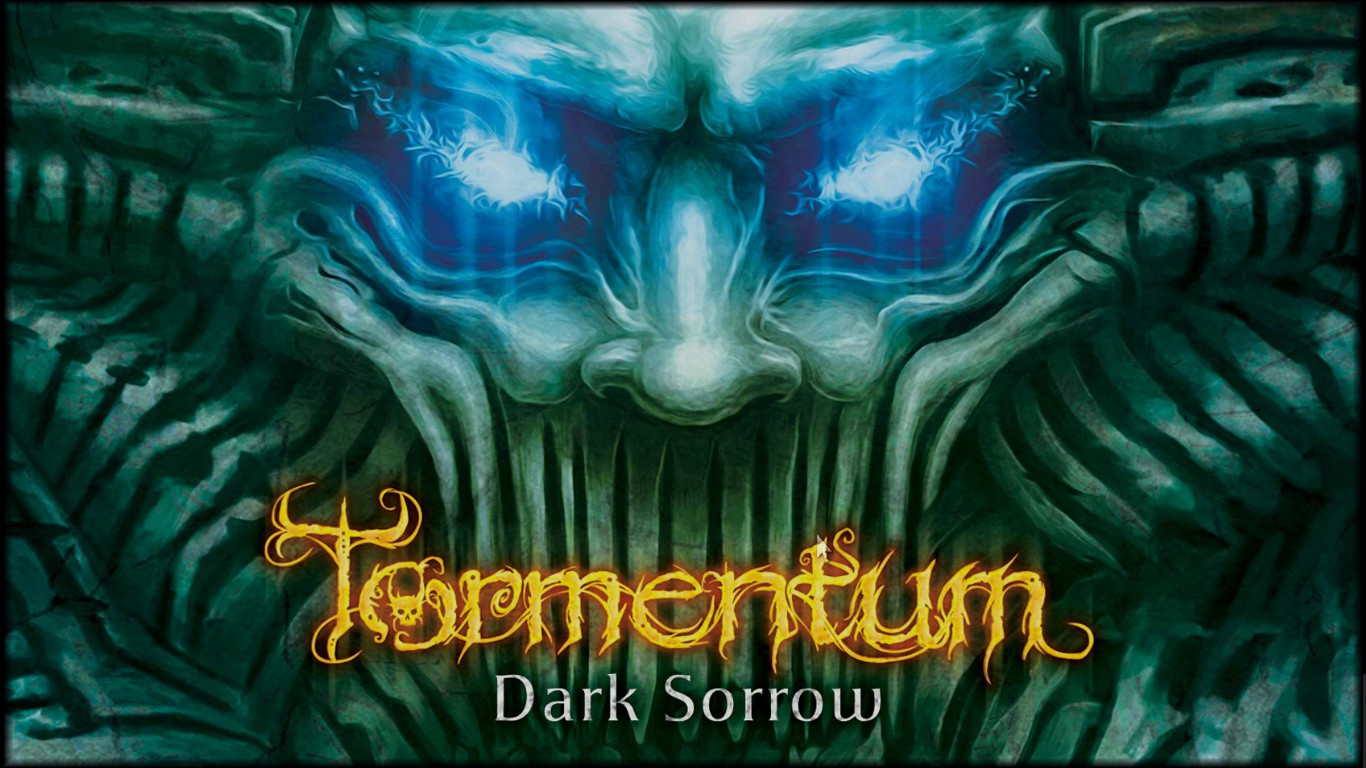

However, it’s just as likely that someone might grow impatient with the constant Highlights-esque picture find structure the game delivers. Personally, I found the mechanics to be entirely supportive of the game’s unique visual style, so it wasn’t a problem for me. It is totally conceivable that players might be underwhelmed by the lack of mechanical or gameplay innovation in Tormentum, but that is perhaps going to be as much driven by personal taste as anything else. Combine that with the fact that each section’s map isn’t too big or cumbersome, and it isn’t too infuriating a process to solve even the trickiest puzzles. This is to be expected, and it can become tedious, but the actual clicking and movement aren’t too labor-intensive. It was only by sheer providence that I managed to solve a few of the puzzles, and only after traveling back and forth among the various screens several times. Since the game is mostly traditional point-and-click in nature, the hints are either way too obvious or nonexistent, so you will spend quite a bit of game-time agonizing over the more oblique puzzle designs. Beyond various methods for puzzle interaction, very little actual gameplay is to be had here. Most of the time they’re easy to find, but you might nevertheless end up missing an item or two along the way. Players interact with objects in the world, usually highlighted by a very specific, context-dependent glint, and place them into a satchel.

Mechanically, the game is understandably simple. Rooms are filled with a balance of quasi-religious iconography and vaguely unsettling demonic imagery, but when reduced to the core ideas, many of them are simple retreads of other in-game puzzles. Some of them are logic puzzles, while others require you to track down missing items and construct keys or simple machines to proceed. However, they present some amusing challenges. Some puzzles of the “move stuff around” variety are helped along by a diagram or hint of one kind or another, but some are just left to the player to solve independent of aid. The narrative serves as a catalyst for each puzzle, rather than being an impressive element in and of itself.Īt first, I thought they would be too easy, an afterthought for the art style, but they vary wildly in difficulty, and I can’t decide if it’s because they are well-designed or just borderline impregnable, at times.

Still, I wouldn’t come to Tormentum looking for Frank Herbert-level mythology here. The story itself is drab and exposition-heavy, but there are some nice touches. If Resident Evil ever released a point-and-click game, this is what the puzzles themselves would look like. There are four or five main chapters in the game, each containing several overlapping puzzles. The Giger-ness of it all is what is most appealing, so the consistently eye-popping visuals are sincerely the reason to play this game. Along the way are the sorts of creatures that might be found in ridiculous dark fantasy novels, but for some reason they work here. The main thrust of Tormentum is for players to trudge through the literally hellish world the main character inhabits. Beyond its lingering monotony lies a game whose bizarre premise and striking visuals overwhelm a sometimes underwhelming gaming experience. Don’t let the visual aesthetic fool you, though: Tormentum, beneath its facade of hyper-weird, metal cover visuals, is a very traditional point-and-click adventure game. Even the less provocative set pieces are way interesting to enjoy. Visually, the game is consistently inventive. It’s dark fantasy with a wicked twist, so think Game of Thrones by way of Stephen King’s Dark Tower series. Set in a dystopian world-adjacent, it tells the story of an unnamed protagonist who escapes from prison, only to wander a desolate landscape in search of an exit. Giger painting for several hours and don’t want to visit a museum, then a little title called Tormentum – Dark Sorrow might just be the game for you. If you’ve ever wondered what it would be like to wander around in an H.R.


 0 kommentar(er)
0 kommentar(er)
